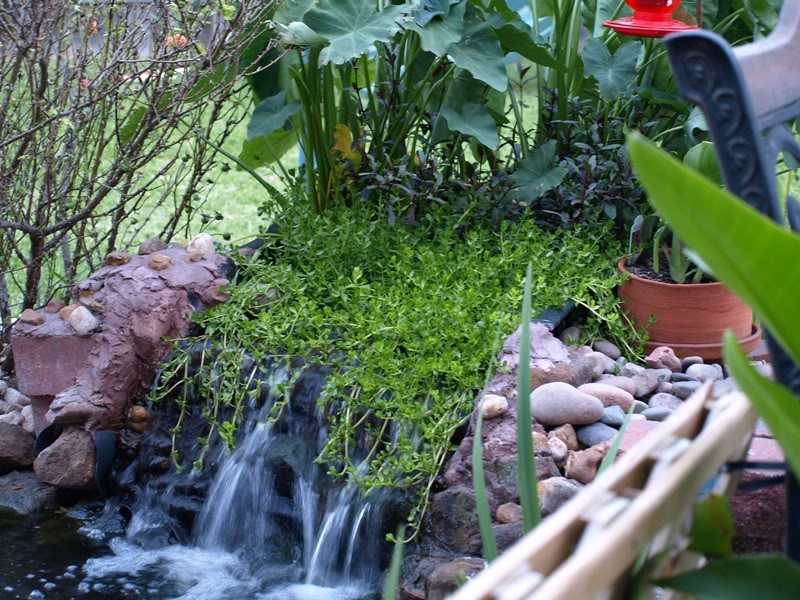
The Ultimate Guide to Koi Pond Filtration Systems Design
Introduction
Creating a beautiful and thriving koi pond requires careful planning and consideration, especially when it comes to the design and installation of a reliable filtration system. In this comprehensive guide, we will explore everything you need to know about koi pond filtration systems design, including the importance of filtration, key components of a filtration system, and tips for optimal design.
Importance of Filtration in Koi Ponds
Maintaining pristine water quality is essential for the health and longevity of your beloved koi fish. Koi ponds are dynamic ecosystems where various organic and inorganic debris accumulate over time. Without proper filtration, these pollutants can quickly degrade water quality, leading to an imbalance in the pond’s ecosystem and jeopardizing the well-being of the fish.
A high-quality filtration system is the backbone of any koi pond as it removes harmful substances, such as excess fish waste, uneaten food, and decaying plant matter, while also regulating essential parameters like ammonia, nitrites, and pH levels. Effective filtration ensures crystal-clear water, promotes fish health, and creates a visually stunning pond.
Key Components of Koi Pond Filtration Systems
To design a robust filtration system for your koi pond, it is crucial to understand the key components that work together to maintain optimal water quality. Here are the essential elements of a koi pond filtration system:
1. Mechanical Filtration
Mechanical filtration involves physical removal of debris and particles from the water. This process typically utilizes one or more filters, such as a settling chamber, pre-filter, or sieve, which trap larger particles and prevent them from reaching the biological filtration stage. Mechanical filtration helps reduce the load on other filtration components by preventing clogging and prolonging their lifespan.
2. Biological Filtration
Biological filtration is the heart of any koi pond filtration system. It relies on beneficial bacteria that convert toxic ammonia into nitrites and further into nitrates, which are less harmful to the fish. This process takes place in the biofilter, which is typically filled with media that offers a large surface area for bacterial colonization. It’s crucial to provide a suitable environment for these bacteria to thrive and maintain their population for efficient ammonia conversion.
3. Ultraviolet (UV) Sterilizers
UV sterilizers use ultraviolet light to control algae blooms and inhibit the growth of pathogens and parasites in the water. By exposing the water flowing through the sterilizer to UV rays, these devices deactivate the DNA of microorganisms, preventing them from reproducing. UV sterilizers are particularly beneficial in koi ponds where algae can quickly multiply and compromise water clarity.
4. Protein Skimmers
Protein skimmers are optional but valuable additions to koi pond filtration systems. These devices remove dissolved organic compounds, such as proteins and other pollutants, by creating a froth of bubbles. As the bubbles rise to the surface, they carry the unwanted substances with them, effectively removing them from the water column. Protein skimmers help maintain exceptional water quality and reduce the risk of harmful substances accumulating in the pond.
Designing an Optimal Koi Pond Filtration System
When it comes to designing a koi pond filtration system, a well-thought-out plan ensures that all components work harmoniously to achieve the best water quality. Consider the following tips for designing an optimal koi pond filtration system:
1. Pond Size and Flow Rate
The size of your pond and the flow rate of your filtration system should be proportional. Ensuring adequate circulation and turnover rate is crucial for efficient filtration. A general rule of thumb is to consider a flow rate of at least one to two times the pond’s volume per hour. However, additional factors like fish load, plant density, and water features should also be taken into account.
2. Proper Placement
Strategic placement of filtration components is vital for optimal functionality. Position the mechanical filter(s) before the biofilter to prevent excess debris from clogging the biofilter media. Place the biofilter after the mechanical filter(s) to ensure efficient ammonia conversion. UV sterilizers should be installed after the biofilter to treat the water that has already been biologically filtered.
3. Sizing the Filtration System
The size of each filtration component should be proportional to the pond’s volume and the intended fish load. Choosing undersized filters can lead to inadequate filtration and compromised water quality, while oversized filters may result in unnecessary expenses. Research the recommended filtration capacities for koi ponds of similar size and take into account any anticipated growth in fish population.
4. Maintenance and Expandability
Consider ease of maintenance and future expansion when selecting and arranging filtration components. Opt for filters with accessible cleaning mechanisms and sufficient space for media replacement. Additionally, design the filtration system with the potential to expand as your pond or fish population grows, allowing for seamless integration of additional components if needed.
Conclusion
Designing and implementing a well-structured koi pond filtration system is vital for maintaining pristine water quality and ensuring the health and vitality of your koi fish. By understanding the importance of filtration, familiarizing yourself with the key components, and following the tips provided in this guide, you can create a visually stunning koi pond that offers a thriving ecosystem for your beloved fish. Remember, a well-designed filtration system is the secret to a successful and enchanting koi pond.









